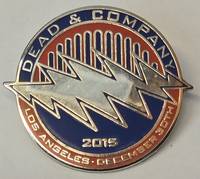Excavations at Olynthus. Part VII: The Terra-Cottas of Olynthus found in 1931; Series: The Johns Hopkins University. Studies in Archeology No. 20
Hardcover
1933 · Baltimore, London, Oxford
by Robinson, David M. (editor, book and series)
Baltimore, London, Oxford: Johns Hopkins Press; Humphrey Milford; Oxford University Press, 1933. Hardcover. Good+ (wear to covers, foxing to block edges, inscription from editor to previous owner on first fly leaf). Brown cloth with stamped border, gilt spine titling, xii 111 pp. plus 64 bw plates including color frontispiece with tissue guard. All sorts of types of terra-cottas were uncovered, ranging from the early archaic to the fourth century realistic figurines. Olynthus was evidently a great center of the terra-cotta industry, and the number of large (truncated)


